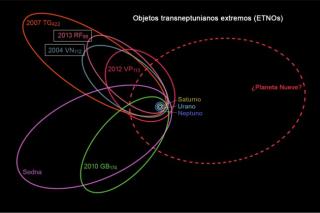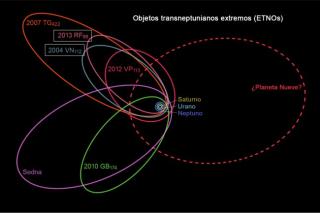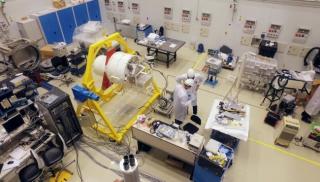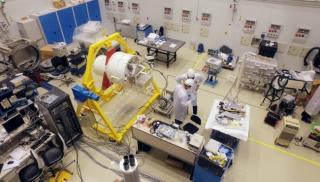
A team led from the Instituto de Astrofísica de Canarias (IAC) has found the most precise way ever to measure the rate at which stars form in galaxies using their radio emission at 1-10 Gigahertz frequency range.
Advertised on
This section includes scientific and technological news from the IAC and its Observatories, as well as press releases on scientific and technological results, astronomical events, educational projects, outreach activities and institutional events.





